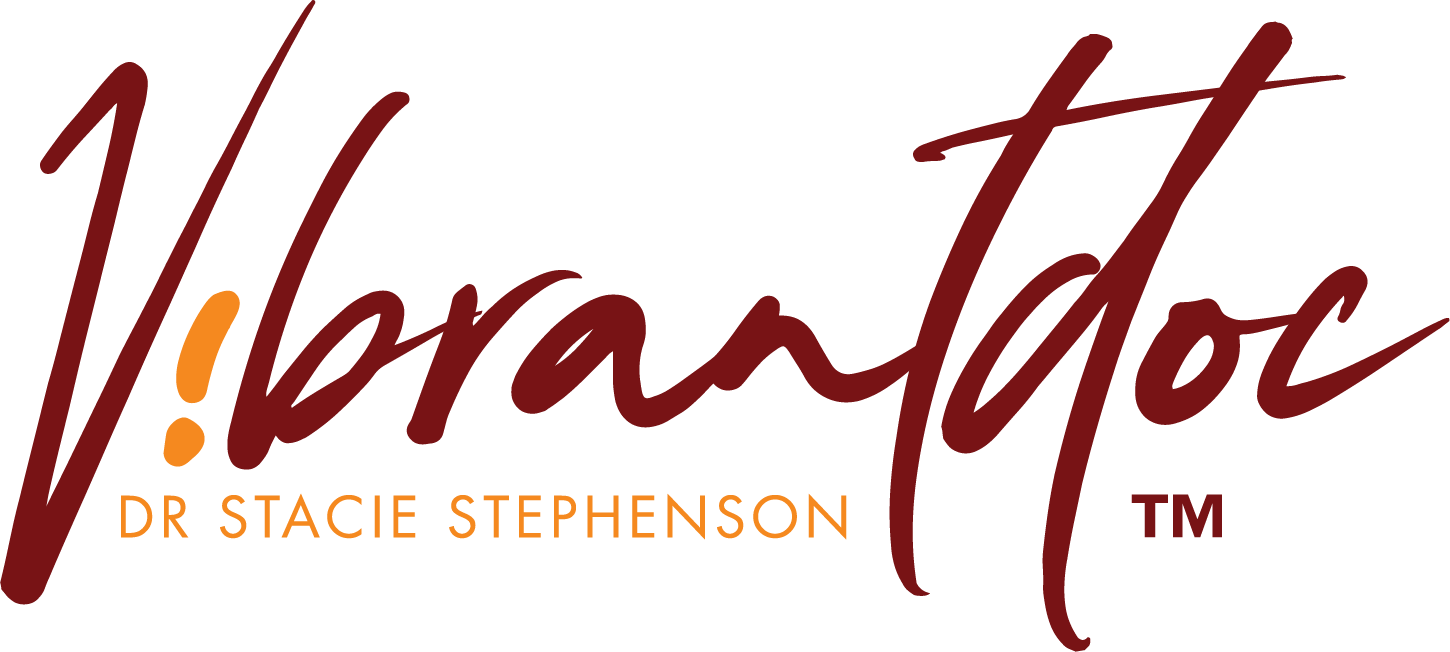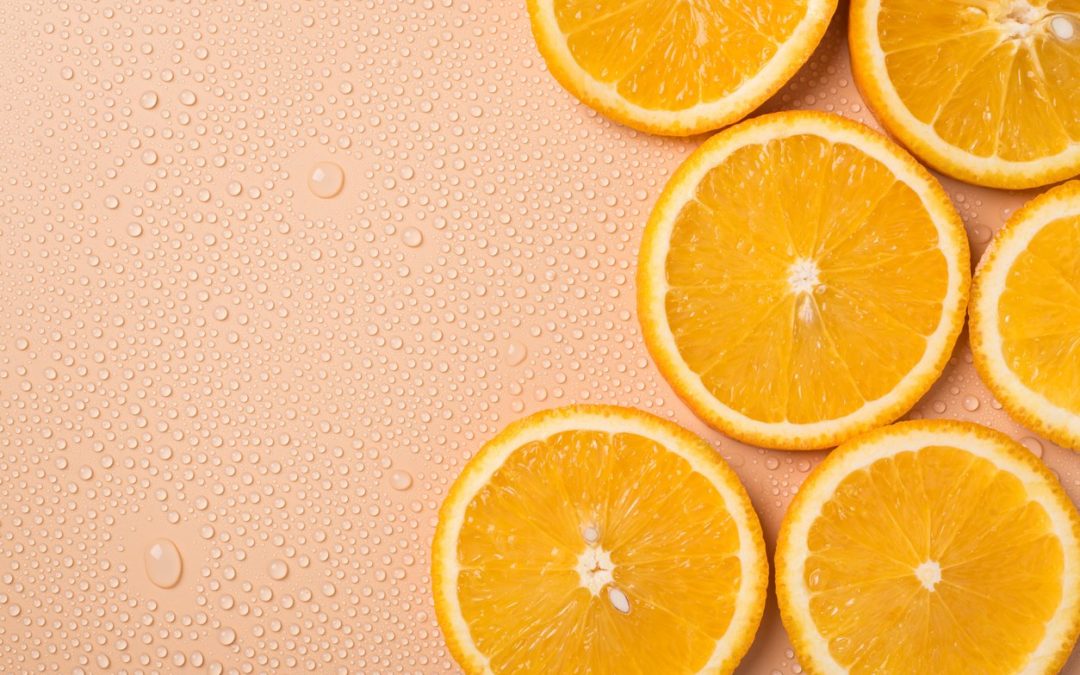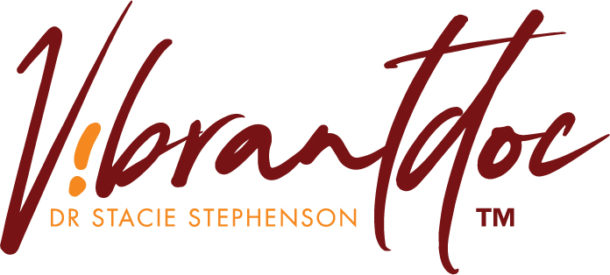(All images sourced from Parade)
By Kaitlin Vogel / May 20, 2021
With COVID posing such a threat over the past year, a strong immune system has been top of mind. Even though more people are getting vaccinated (yay!), being able to fight infection can always come in handy, especially because the common cold and the flu will always be a thing.
While there are many factors that affect your immunity—sleep, exercise and stress management, the list goes on—one of the best ways to boost your immunity is by eating foods that fight infection.
Ready to supercharge your immune system? Here are 20 foods recommended by experts.
Foods That Fight Infection
Spices, especially clove, oregano, thyme, basil, cinnamon, and cumin
Many spices have powerful anti-microbial action, inhibiting the growth and spread of bacteria and fungi, says Dr. Stacie Stephenson, Certified Nutrition Specialist and CEO of VibrantDoc. This is why they are often used to preserve foods, but including them liberally in your own cooking can help them fight microbes, not just in your food but in you.
Chili Peppers
Chili peppers contain the compound capsaicin, Dr. Uma Naidoo, MD, a nutritional psychiatrist, professional chef, nutrition specialist, and author of the bestselling book This is Your Brain on Food, explains. In addition to many other helpful health benefits, they are rich antioxidants fending off free radicals in the body, but also fending off bacterial infections and may cause mucus to be thinner and be more easily removed from the lungs in certain respiratory infections.
Broccoli Sprouts
Broccoli sprouts contain bioactives called sulforaphanes that improve immune function, says Dr. William W. Li, MD, an internationally renowned physician, scientist and author of the New York Times bestseller Eat to Beat Disease: The New Science of How Your Body Can Heal Itself. Studies have shown broccoli sprouts can even help boost your body’s beneficial response to the flu vaccine. You can put sprouts in a salad or even in a smoothie.
Seaweed
Seaweeds and other types of algae, like nori, arame, dulse, kelp, and spirulina, contain phenolic compounds, proteins, peptides, fatty acids, polysaccharides, and sterols, all of which have demonstrated antimicrobial properties which could help to take out infectious pathogens, Dr. Stephenson explains.
Garlic
For centuries, garlic has been used to combat infectious diseases. Although it is not referenced, it is believed that Louis Pasteur described the antibacterial effect of garlic in 1858 for the first time, says Dr. Naidoo. Research has shown that garlic is effective against many gram-positive, gram-negative, and acid-fast bacteria. (e.g. salmonella, e. coli, Staph aureus to name a few.
It has been documented that garlic inhibits bad microbes in the gut when compared to good microbes. But garlic is also a prebiotic food source and helps along those gut microbes by feeding them the fiber they need, so one could say it has dual positive effects for infections!
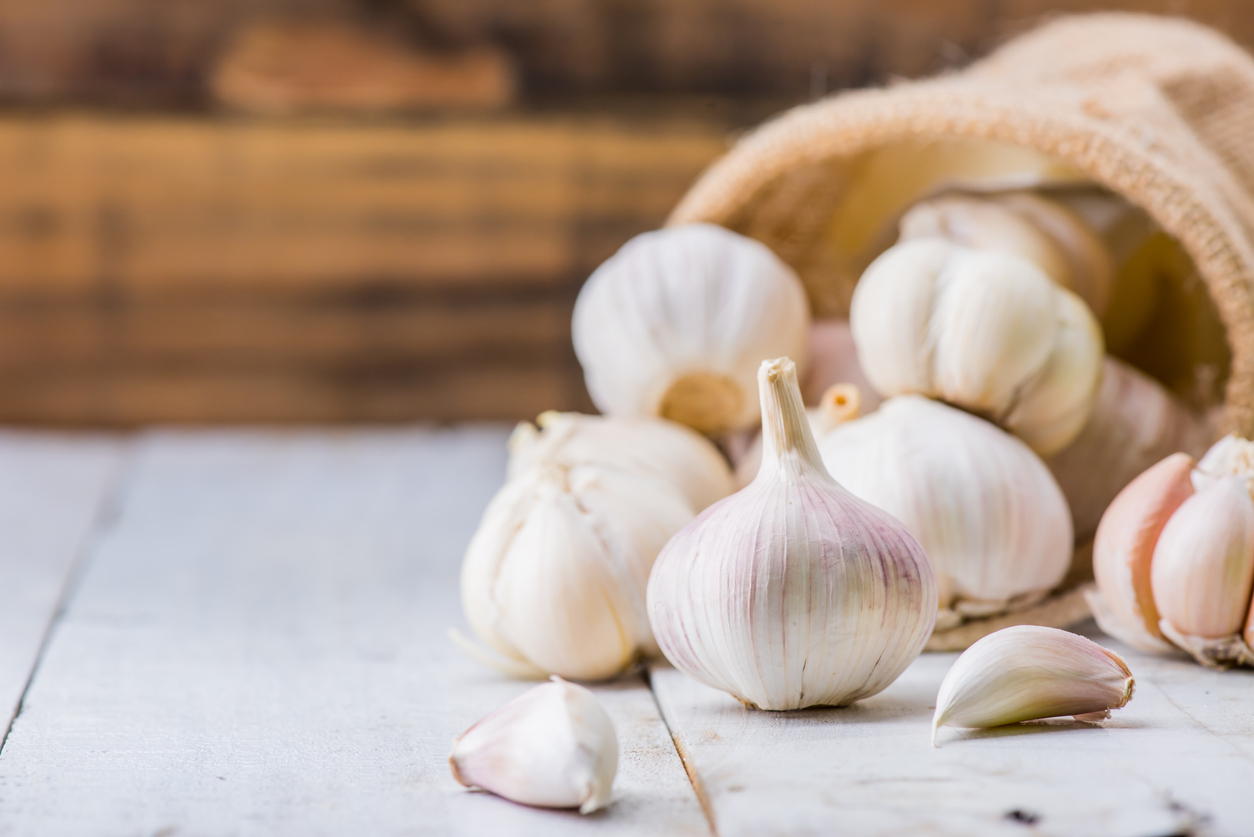
Mushrooms
Mushrooms contain a natural bioactive substance called beta-D-glucan that activates healthy gut bacteria to enhance immunity, Dr. Li states. The good stuff is in the stem of the mushroom as well as the cap, so eat the stems, too!
Citrus Fruit
The vitamin C in citrus fruits, like oranges, grapefruits, lemons, and limes, is not just a powerful antioxidant but supports both the innate (you were born with it) and adaptive (your body developed it) immune systems in multiple ways, such as promoting wound healing; creating stronger skin, artery, and intestinal lining barriers against pathogens; reducing oxidative stress that could worsen infections; killing microbes directly; and cleaning up the by-products of the infection-fighting process, says Dr. Stephenson.
We know people with vitamin C deficiency are more likely to develop infections, and we also know that vitamin C can reduce infection severity. Other great sources of vitamin C besides citrus fruits include red peppers, strawberries, kiwifruit, papayas, tomatoes, broccoli, and kale.
Ginger
While ginger is often recommended to help nausea it is high in both antioxidants and anti-inflammatory properties, Dr. Naidoo explains. A research review of 60 studies found that ginger may also be beneficial to other medical conditions including the immune-system as ginger contains compounds like beta-carotene and capsaicin.
Pomegranate
The juice contains ellagitannins that help your gut grow a healthy bacteria called Akkermansia mucinophila, says Dr. Li. This bacterium helps steer your immune system to fight against infections. A small cup of pomegranate juice can help support Akkermansia in your gut.
Pumpkin Seeds
Pumpkin seeds are a great source of magnesium, which helps to fight infections by synthesizing antibodies, reducing infection-worsening inflammation, and clearing infectious microbes out of the body by binding them to lymphocytes for removal, Dr. Stephenson explains.
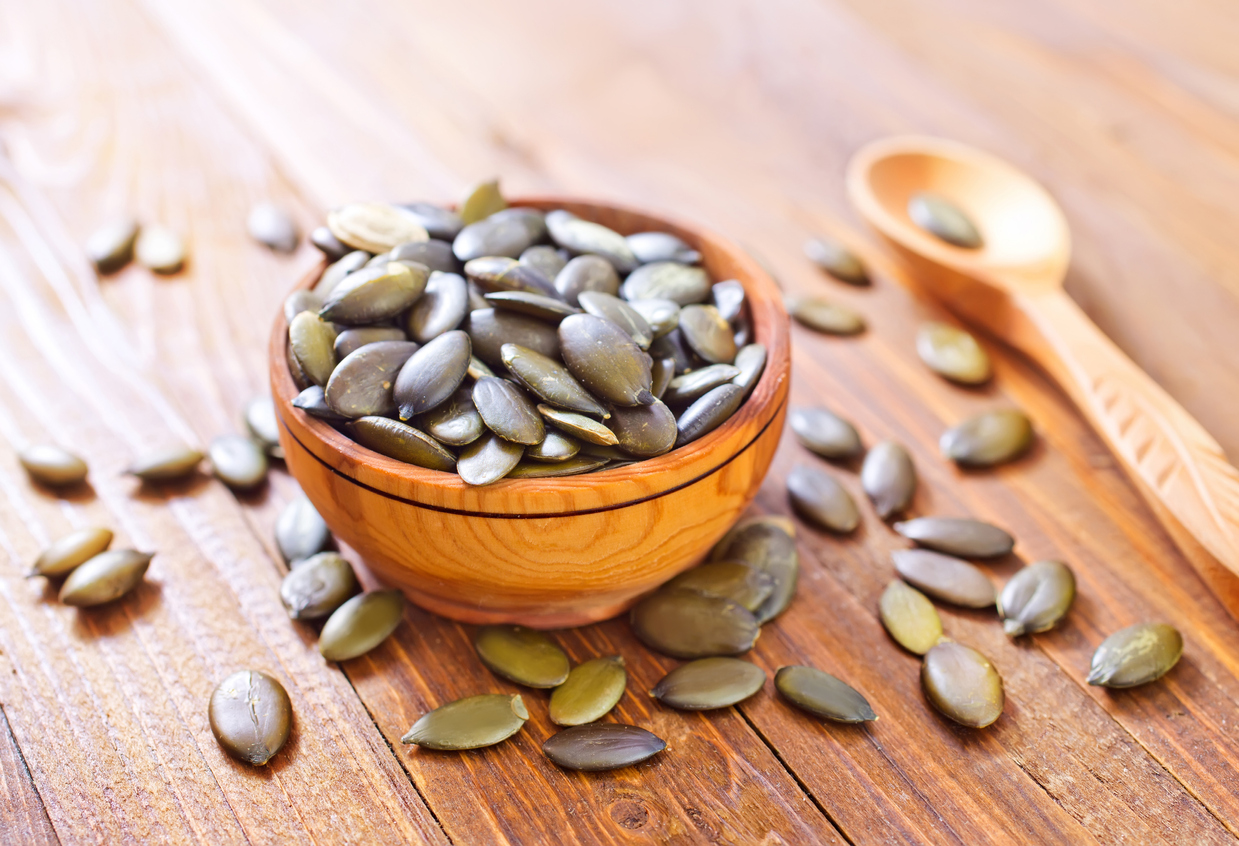
Apples
In a study where people ate an apple a day, results showed that participants used fewer prescription medications, Dr. Naidoo states. Apples contain a powerful flavonoid called khellin which may open up airways when you have an infection. They are also high in fiber, which can help reduce inflammation in the body.
Blueberries
Blueberries contain anthocyanins, which are natural bioactives that have been shown to increase immune activity in the body, while lowering inflammation, Dr. Li explains. Blueberries are available year-round in fresh or frozen form, making them super convenient.
Leafy Greens
The beta carotene in leafy greens changes into vitamin A during the process of digestion and assimilation, and vitamin A has anti-inflammatory superpowers, says Dr. Stephenson. It also acts as an immune-system enhancer by regulating cellular immune responses, increasing the barrier function of the respiratory and digestive tracts, optimizing the immune function of bone marrow cells, increasing antibody production, and inhibiting the development of inflammatory cells.
It’s no wonder vitamin A has been studied as a therapy for infectious diseases, including tuberculosis, malaria, and pneumonia. Be sure to eat your greens with a drizzle of olive oil to maximize bioavailability of the beta carotene.
Flax and Hemp Seeds
These contain omega 3 fatty acids, which are anti-inflammatory and proven to decrease the risk for heart disease, breast and colon cancer, and neurodegenerative diseases like Alzheimer’s and dementia, Sophia (Dia) Finder, Clinical Coordinator of the Applied Nutrition and Dietetics program at Logan University, explains. Increasing Omega 3 intake can also reduce the risk for other diseases like depression, ADHD, and childhood allergies.
Green Tea
EGCG, an anti-inflammatory polyphenol in green tea, has been shown to significantly increase the number of T cells in the spleen and lymph nodes, which act to increase the immune response to infections, Dr. Stephenson states.
Calendula Petals (Marigolds)
Not just a beautiful flower for your garden, calendula petals provide anti-inflammatory benefits and can be sprinkled on salads or soups to add beautiful color to any dish, says Finder.
Wild-caught Salmon
There is a clear link between sub-optimal vitamin D levels and increased infection rates as well as higher death rates from microbial infections, Dr. Stephenson explains. And wild-caught salmon is one of the few foods that contain a significant dose of vitamin D: 124% or even more of your daily value for a 3.5-ounce portion. (Note that farmed salmon contains significantly less vitamin D than wild-caught salmon.)
Vitamin D supports the production of proteins that are toxic to pathogens. Infection fighters like monocytes, macrophages, and thymus tissues all have receptors for vitamin D and are important modulators of the immune response. You can get vitamin D from spending 20 to 30 minutes in the sun on most days, but having salmon 2 or 3 times per week is a good way to further boost your levels, especially if you don’t get regular sun exposure.
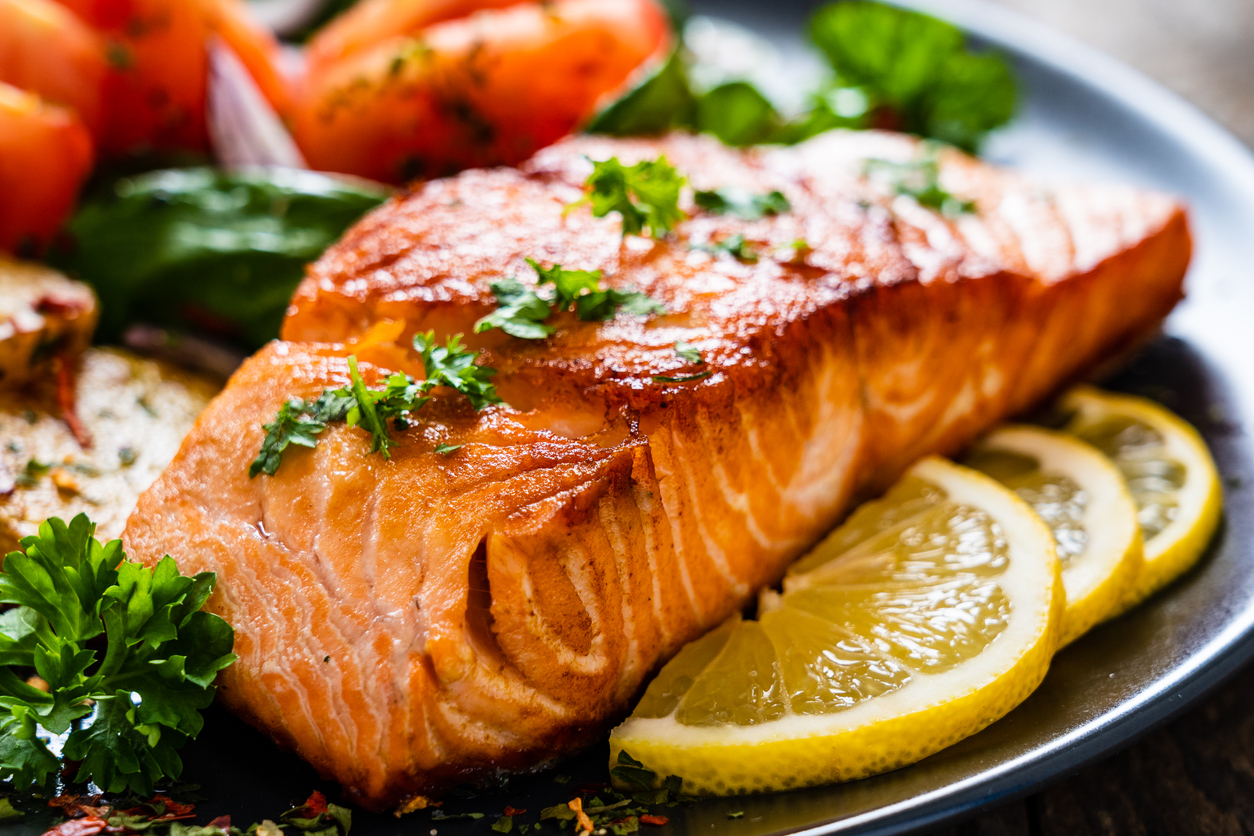
Dandelion Blossoms
Dandelions contain probiotics associated with good gut health, Finder states. They have a zesty flavor, making them the perfect addition to pesto or soup.
Manuka Honey
Manuka honey is made from Leptospermum scoparium, also known as the tea tree, found in New Zealand and Australia, says Agatha Repice, owner of Clean Clear Body. It has antibacterial, antiviral anti-inflammatory properties.
The enzyme in the honey is called glucoseoxidase, which catalyzes the oxidation of glucose to hydrogen peroxide. The honey can be used to treat burns, wounds, ulcers and infections.
Nasturtium
Nasturtium is full of antioxidants and has antibacterial and anti-inflammatory properties, Finder explains. Its spicy, peppery flavor makes it a great addition to vegetables like squash or infusing in vinegar.
